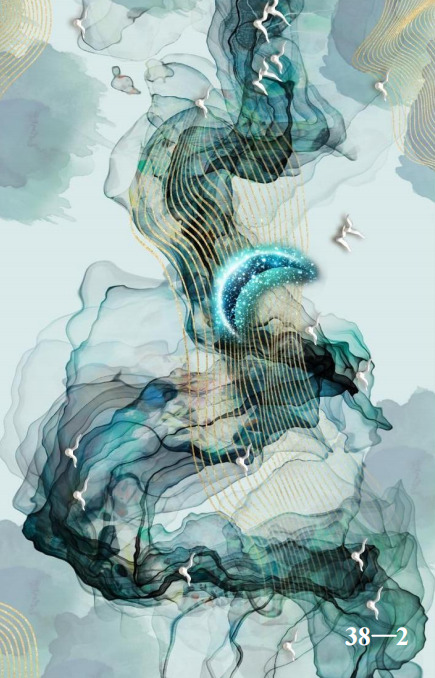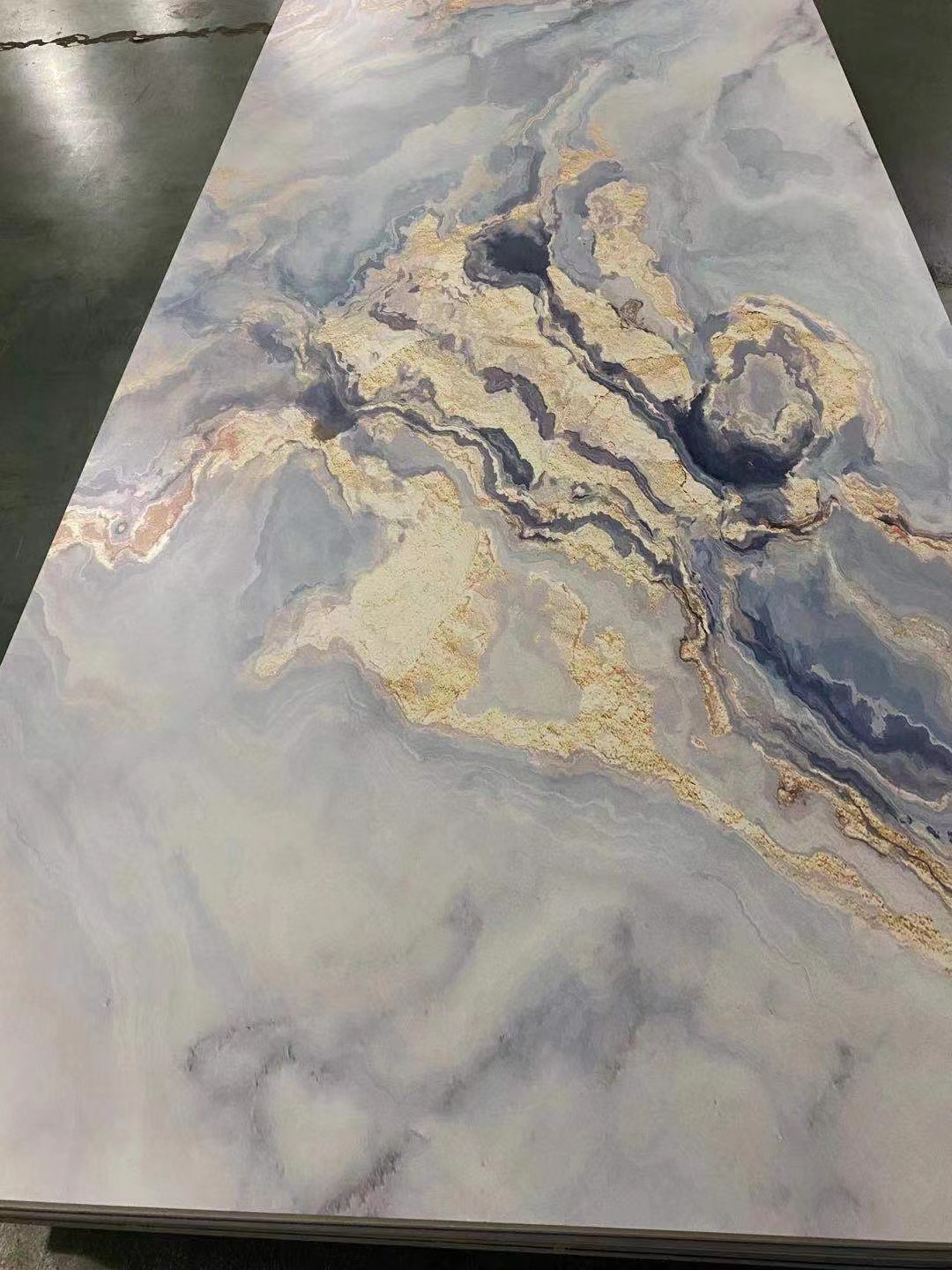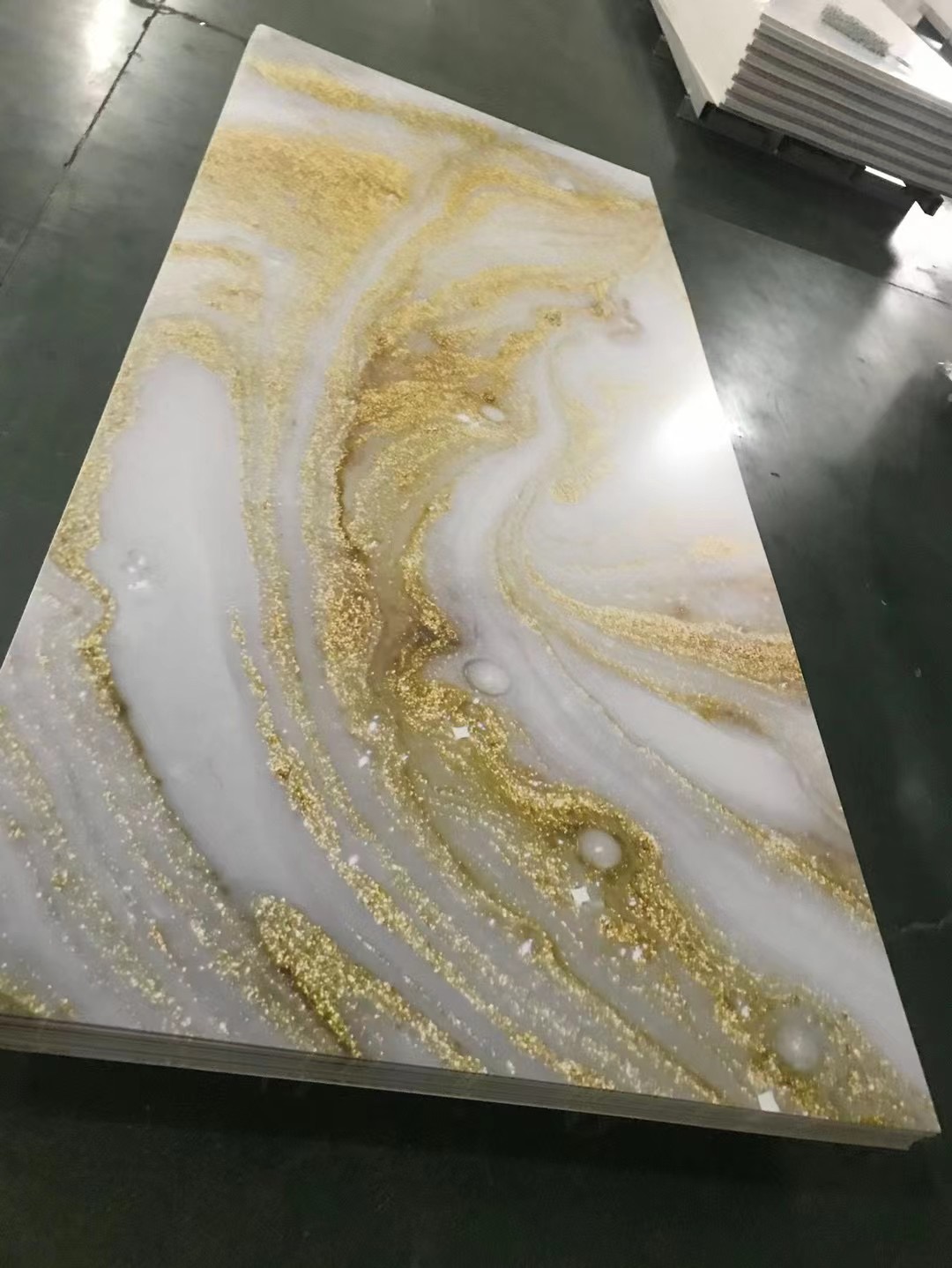
In the world of interior design and construction, 3D PVC marble sheets have emerged as a popular and innovative material.
These sheets offer a cost-effective and environmentally friendly alternative to natural marble while providing the same aesthetic appeal and durability.
The journey of 3D PVC marble sheets begins with carefully sourced raw materials and undergoes a complex manufacturing process that culminates in stunning masterpieces that adorn modern spaces.
This essay explores the fascinating journey of 3D PVC marble sheets, from the selection of raw materials to the creation of exquisite designs, highlighting the key steps and technologies involved.
Sourcing the Finest Raw Materials
The journey of 3D PVC marble sheets starts with the selection of high-quality raw materials.
PVC, or polyvinyl chloride, serves as the base material for these sheets, offering exceptional flexibility, strength, and resistance to impact.
To achieve a marble-like appearance, manufacturers utilize a combination of PVC resin, stabilizers, plasticizers, and pigments.
The quality of these raw materials plays a crucial role in determining the final product’s appearance and performance.
1.1 PVC Resin and Its Characteristics
PVC resin, derived from petroleum or natural gas, forms the foundation of 3D PVC marble sheets.
Its unique properties, such as low cost, ease of processing, and flame retardance, make it an ideal material for the manufacturing process.
Additionally, the choice of PVC resin affects the sheet’s hardness, which is essential for specific applications.
1.2 Stabilizers and Plasticizers: Enhancing Performance
Stabilizers and plasticizers are added to the PVC resin to improve its stability and flexibility.
Stabilizers prevent degradation during processing and use, ensuring the sheet maintains its integrity over time.
On the other hand, plasticizers enhance the sheet’s flexibility, making it easier to handle and install.
1.3 Pigments for Vibrant Designs
Pigments are responsible for the wide array of colors and patterns available in 3D PVC marble sheets.
Manufacturers carefully select pigments to mimic the natural hues of marble, allowing for diverse design options.
The pigmentation process is a critical step that demands precision and expertise to achieve the desired appearance.
The Manufacturing Process
Once the raw materials are sourced and prepared, the manufacturing process of 3D PVC marble sheets begins.
This process is a delicate fusion of cutting-edge technology and skilled craftsmanship, resulting in sheets that emulate the elegance of natural marble.
2.1 Extrusion: Creating the PVC Base
The first step in manufacturing 3D PVC marble sheets is extrusion. During this process, the PVC resin is melted and forced through a shaped die,
creating a continuous sheet. The sheet is then cooled and solidified, providing the foundation for the subsequent steps.
2.2 Printing Technology: Achieving Realistic Marble Designs
Printing technology is at the heart of producing lifelike marble designs on the PVC base.
High-definition inkjet printing allows manufacturers to replicate the intricate patterns and textures found in natural marble.
Advanced software and precision machinery ensure the accurate reproduction of various marble styles.
2.3 Embossing: Adding Depth and Texture
To enhance the realism of the marble design, embossing techniques are employed.
This step involves pressing the sheet against engraved rollers or plates, imparting texture and depth that mimics the natural veins and imperfections of marble.
2.4 Lamination: Combining Layers for Strength
In order to enhance the sheet’s strength and durability, multiple layers are often combined through a lamination process.
This results in a robust structure that can withstand various environmental conditions and wear and tear.

Quality Control and Environmental Considerations
The journey of 3D PVC marble sheets is not complete without rigorous quality control measures and a focus on environmental sustainability.
3.1 Quality Assurance for Superior Products
Manufacturers implement stringent quality control checks throughout the production process to ensure consistency and excellence in the final product.
Each sheet undergoes thorough inspections, including dimensional accuracy, color consistency, and texture uniformity.
3.2 Sustainable Manufacturing Practices
Environmental consciousness is a key consideration in modern manufacturing.
3D PVC marble sheet factories implement eco-friendly practices, such as using recycled materials, minimizing waste generation, and optimizing energy consumption.
This commitment to sustainability aligns with the global push for greener building materials and design solutions.
The Beauty of Endless Possibilities
The culmination of the journey reveals the true potential of 3D PVC marble sheets as versatile masterpieces.
4.1 Adorning Interior Spaces with Elegance
Once manufactured, 3D PVC marble sheets find their way into residential and commercial spaces, transforming interiors with their elegant appearance.
From flooring and wall cladding to furniture and decorative elements, these sheets add a touch of luxury to any environment.
4.2 Durability and Easy Maintenance
One of the standout features of 3D PVC marble sheets is their exceptional durability.
Resistant to scratches, stains, and water damage, these sheets require minimal maintenance, making them an ideal choice for high-traffic areas.

4.3 Unlocking Design Creativity
Designers and architects appreciate the creative freedom that 3D PVC marble sheets offer.
The wide variety of colors, patterns, and textures allows for innovative and unique design solutions that cater to individual preferences and project requirements.
The journey of 3D PVC marble sheets is a testament to the marriage of advanced technology and artistic vision.
From sourcing premium raw materials to employing cutting-edge manufacturing techniques, these sheets have revolutionized interior design possibilities.
With an unwavering commitment to quality and sustainability, 3D PVC marble sheets continue to shape modern spaces with their beauty and versatility,
leaving a lasting impression on the world of architecture and design.
